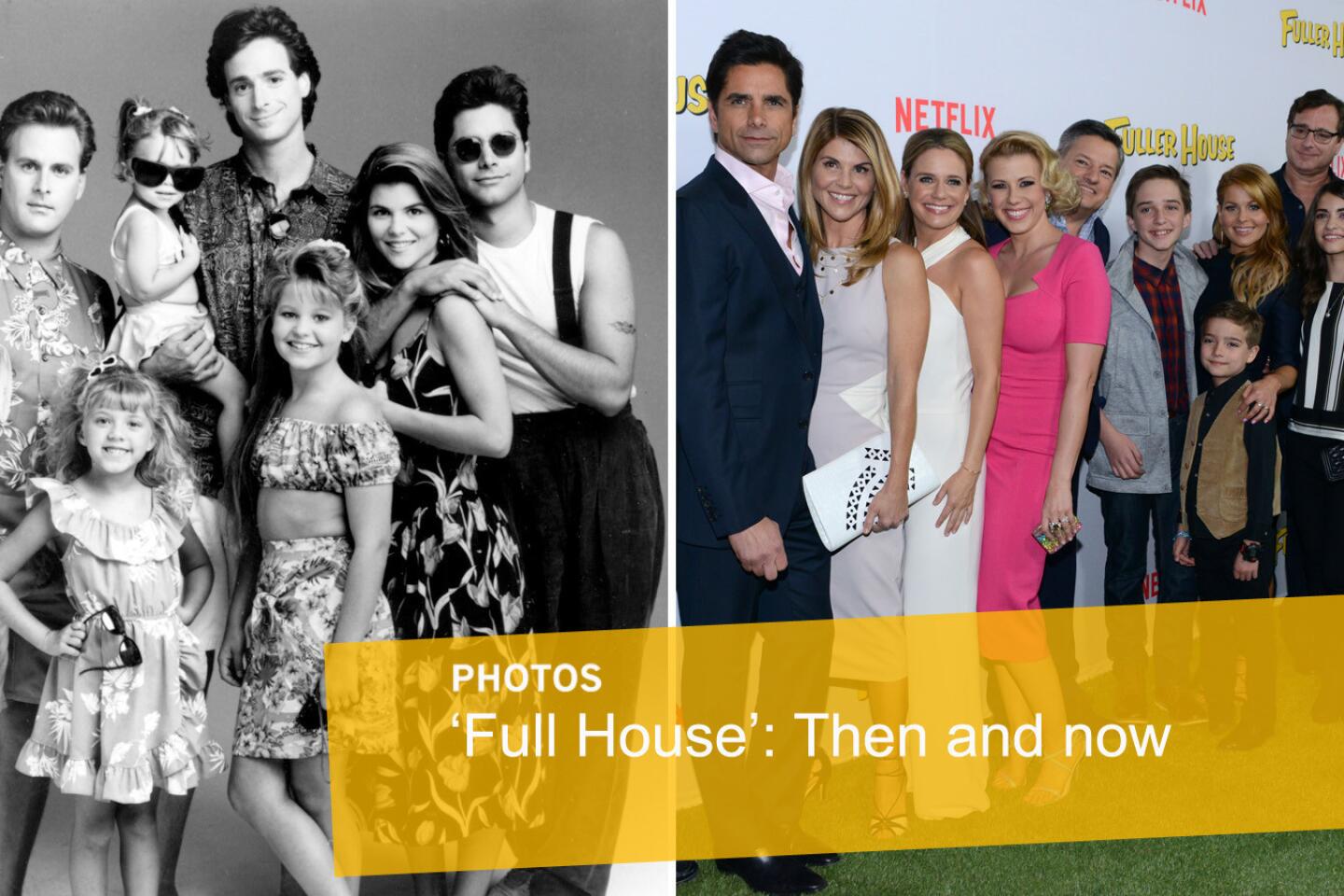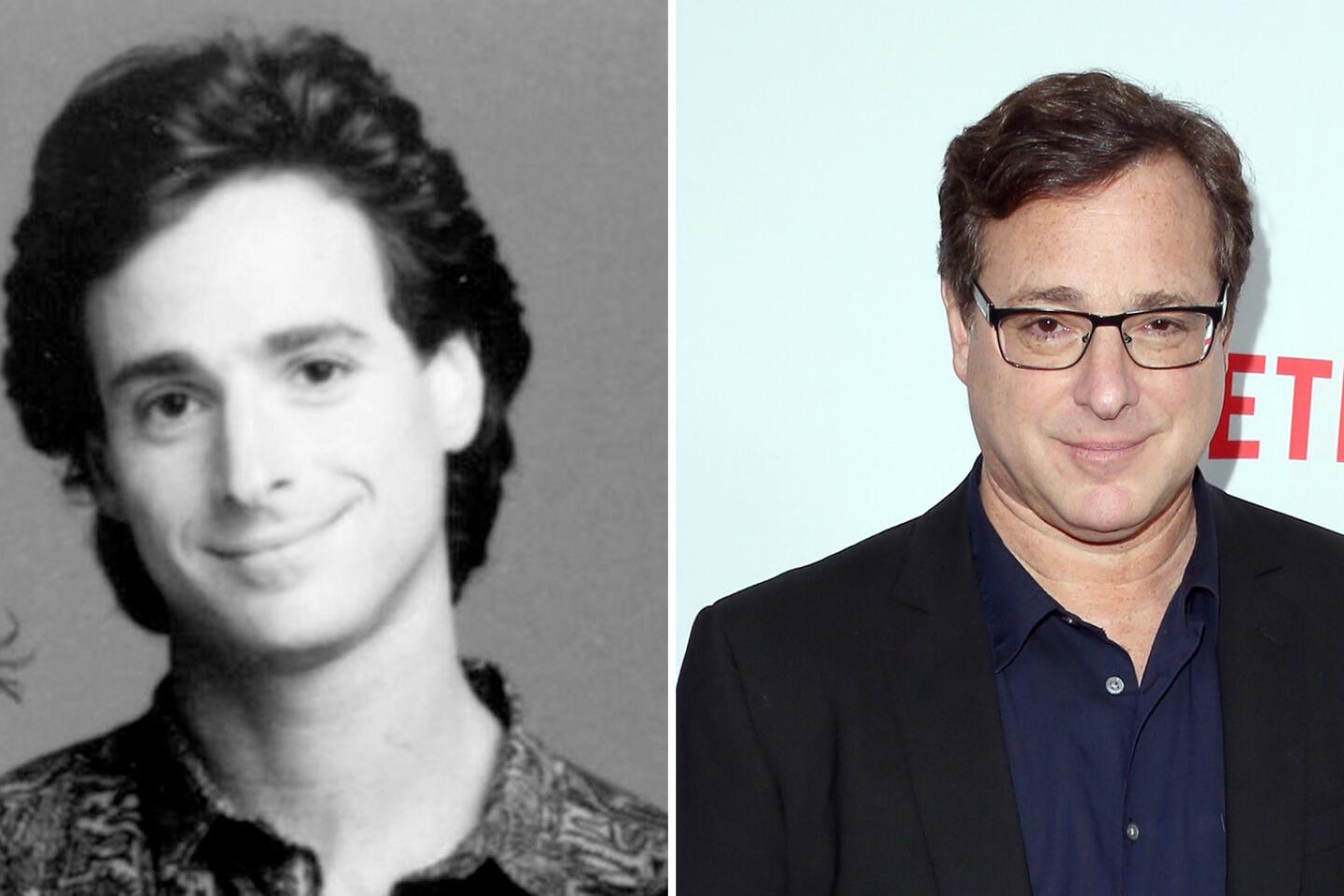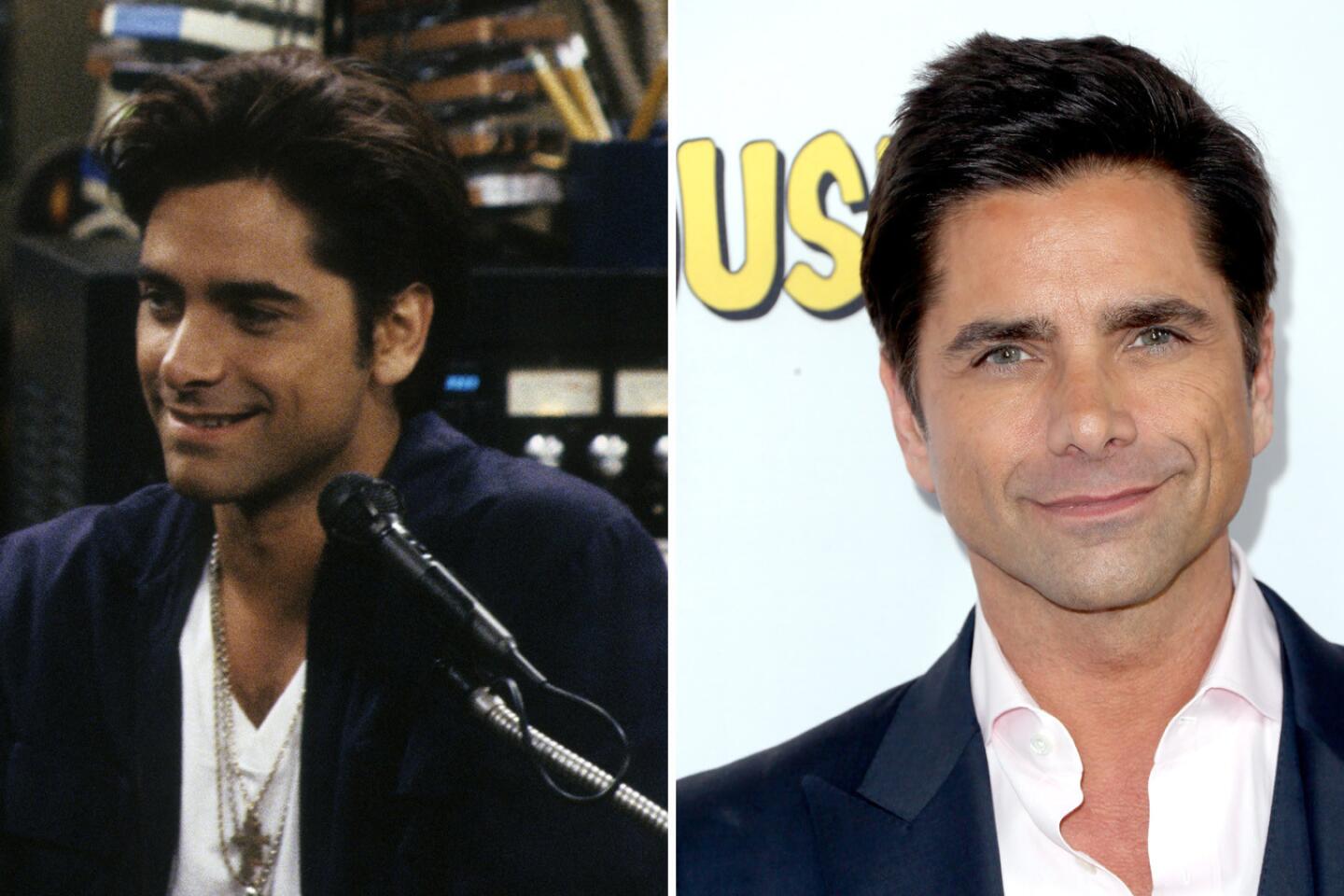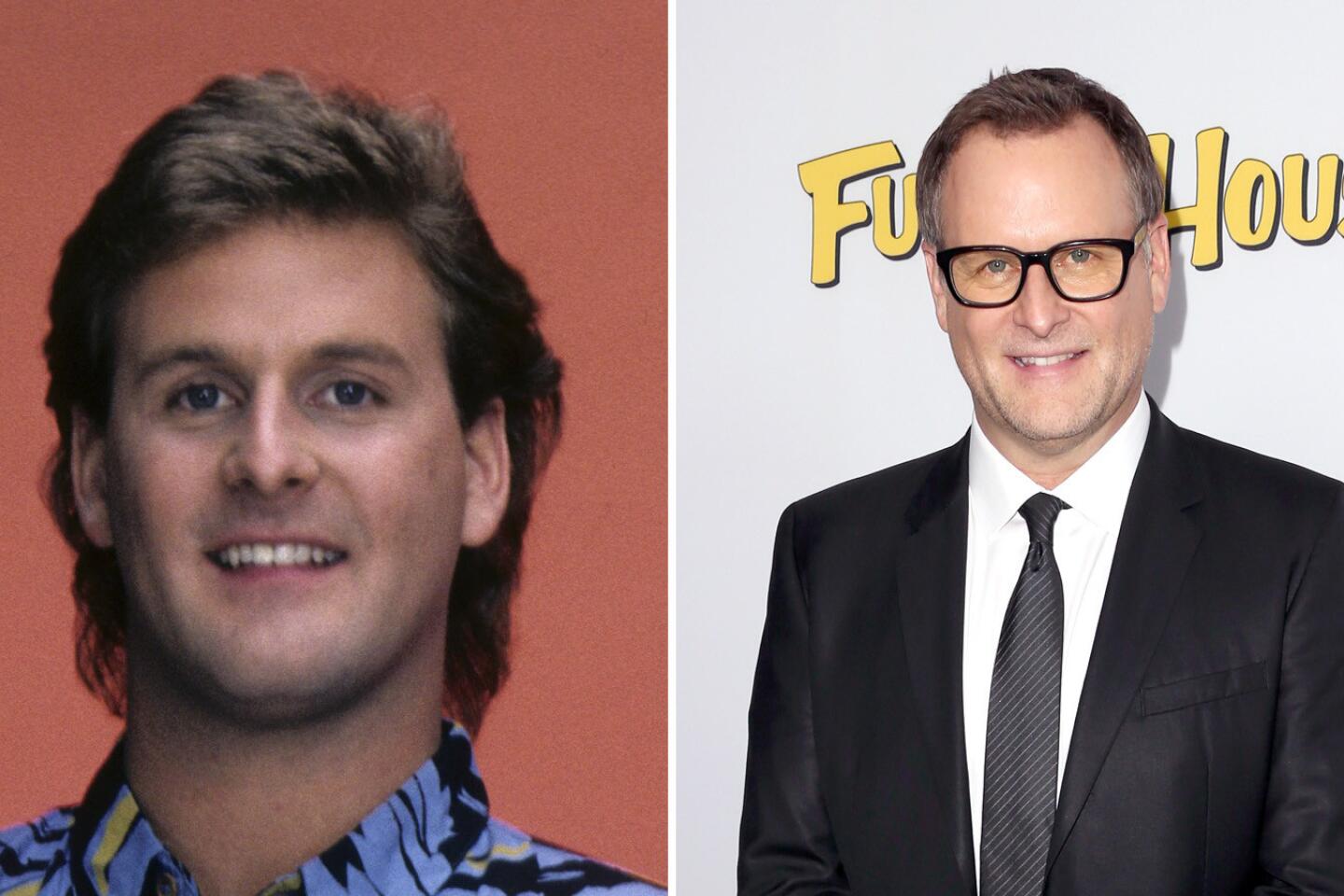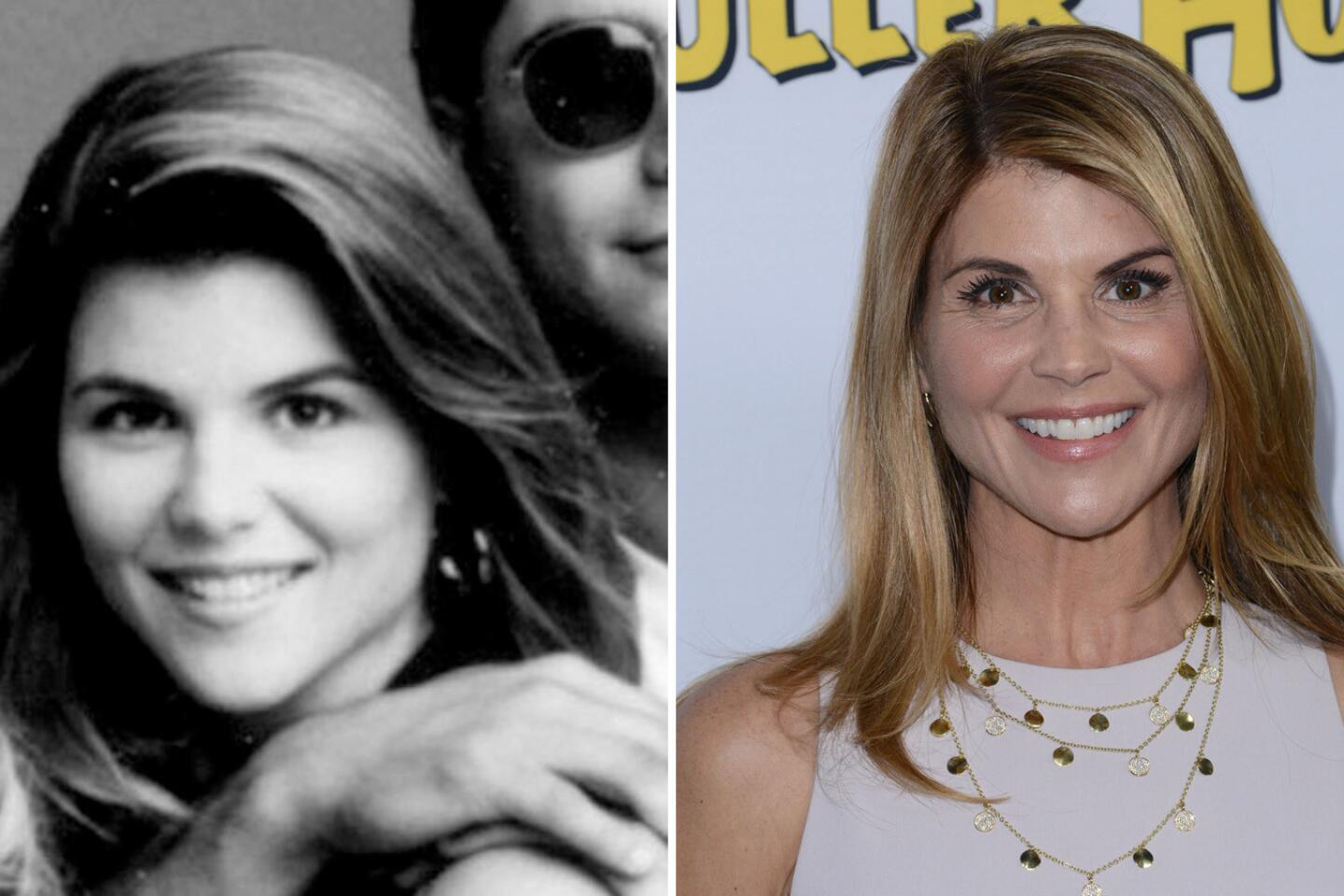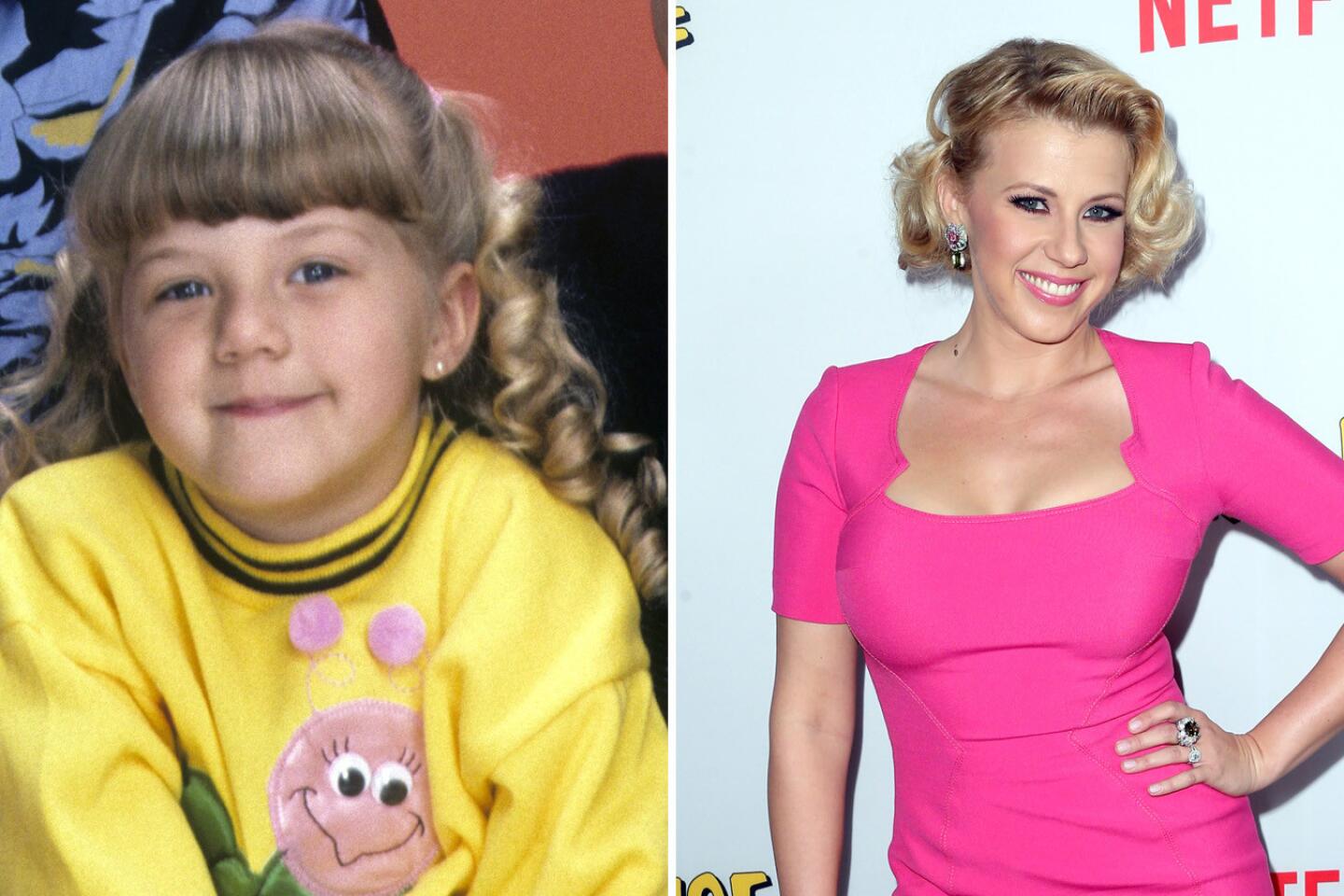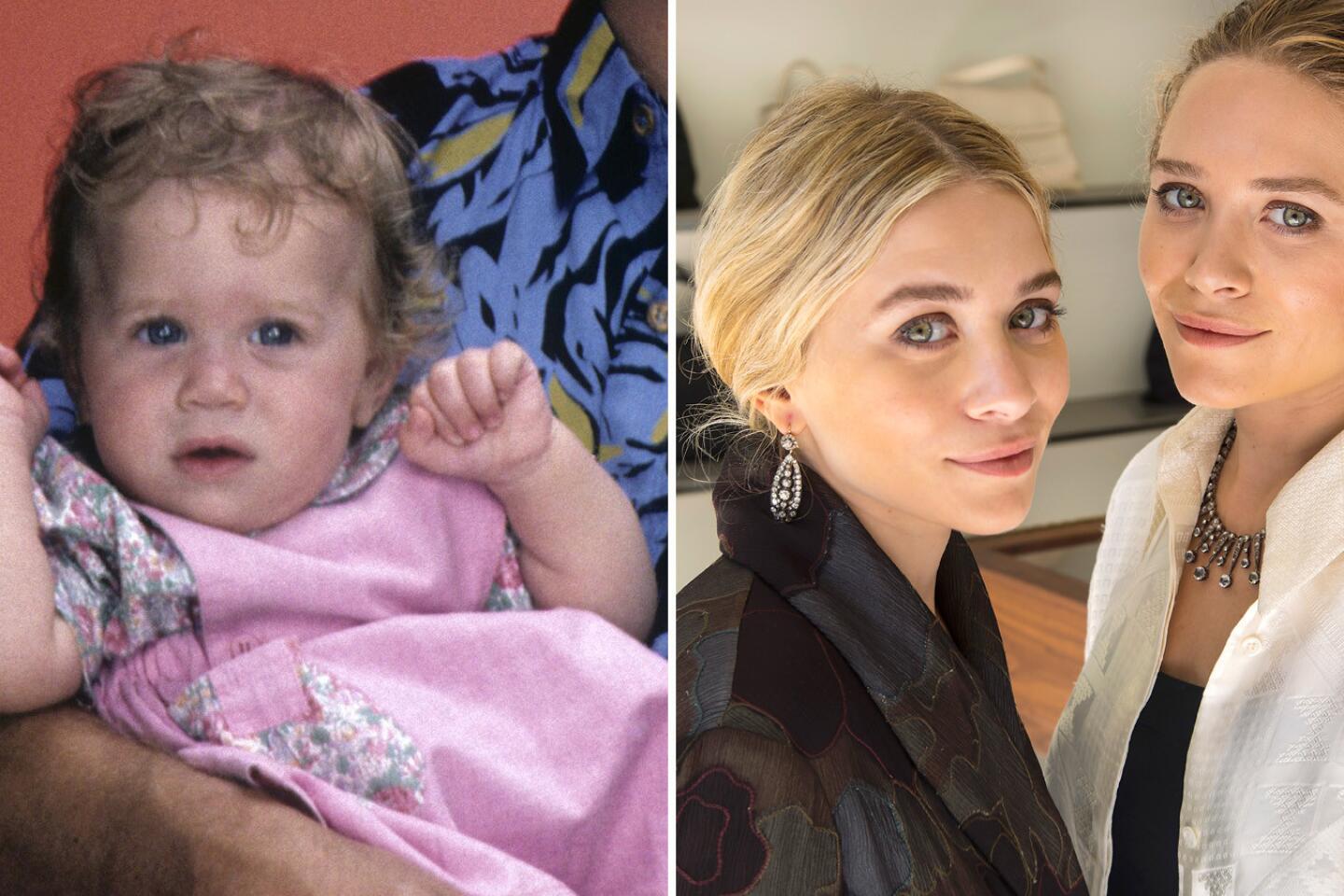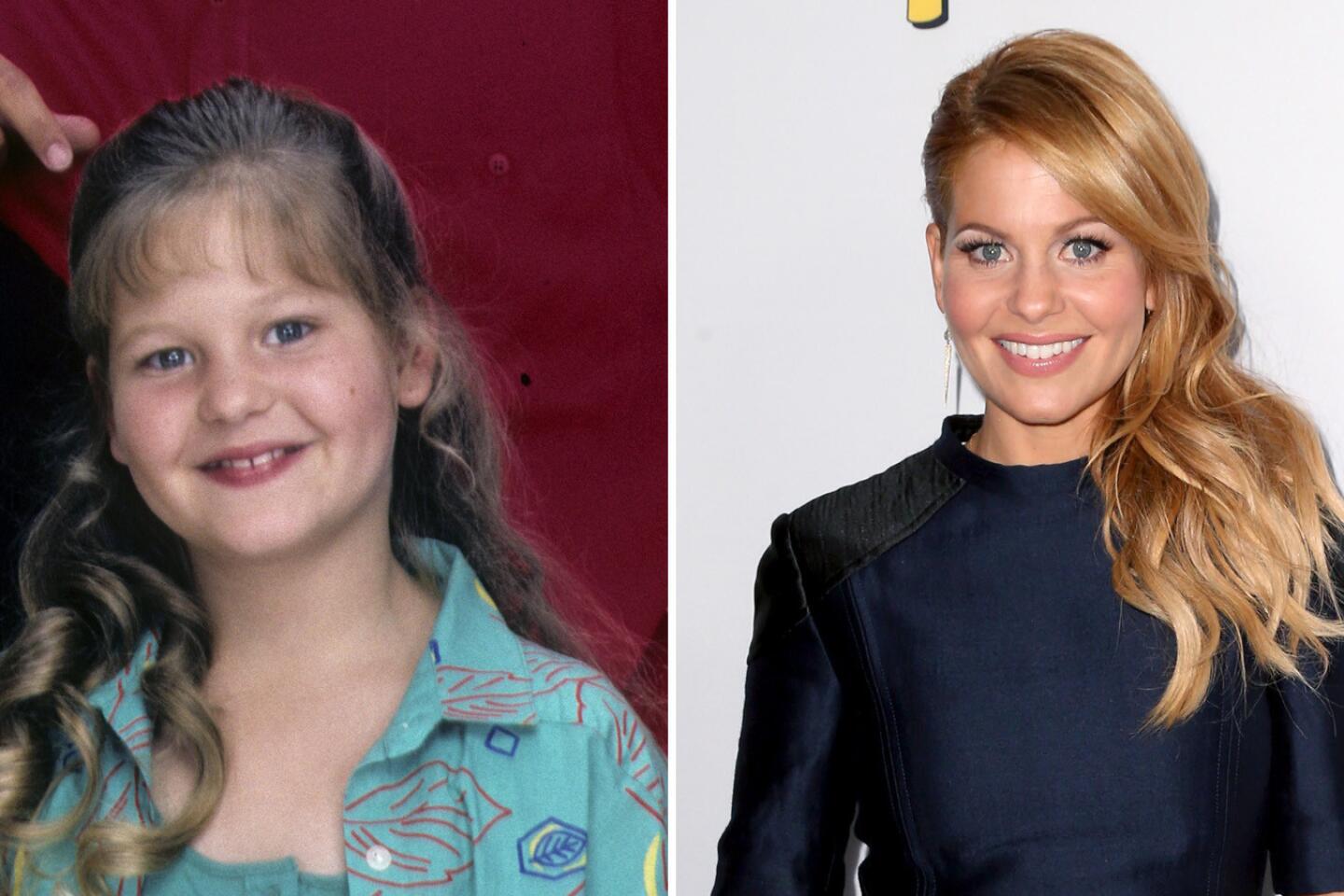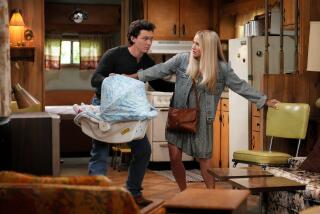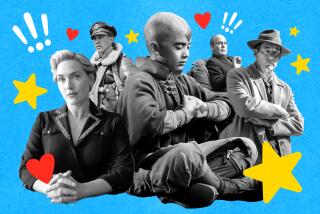Review: ‘Fuller House’ is way better than you think it’s going to be
It is possible that I have never seen an entire episode of “Full House,” the heartwarming 1987-1995 ABC sitcom much beloved by people the right age to love it much and revived this week for a 13-episode, Netflix-based sequel, “Fuller House.” I don’t come to it as a completely blank slate — I have done the reading, I have watched the old clips. But if I don’t come predisposed to like it, other than an ongoing affection for the work of John Stamos, neither am I prejudiced against it, ready to look down my nose from a great critical height upon its homey, huggy goings-on.
The much-repeated notion that we are in a Golden Platinum Age of Television has deformed the old normal curve of television; a show can be deemed a failure, critically at least, simply for not trying too hard. (These are often shows that a lot of people watch, of course.) There’s nothing wrong with setting a bar high, but not every television series or event demands Olympian ambition; we play hopscotch in this world too.
See more of Entertainment’s top stories on Facebook >>
“Whatever happened to predictability?” is how its theme song (newly sung by Carly Rae Jepsen) begins; the show, which ends typically in a practical demonstration of family love, is a paean to the safe harbor; every fiber of its being is wrapped up in the idea that whatever small or large shocks life might administer there is a group hug waiting for you at the end of the day.
The pilot begins where many sitcoms end, with “Full House” dad (and “Fuller House” grandpa) Danny Tanner (Bob Saget, weirdly) about to move out of his sweet San Francisco Victorian for a new job in Los Angeles. This becomes the occasion for a party that reunites every major original-series cast member save twins Mary-Kate and Ashley Olsen, who between them portrayed the littlest Tanner, Michelle. There is a joke about that absence, one of many self-referential, metafictional moments that are stuffed into the opening episode and stud later ones.
In a nutshell, the new series takes the premise of the original — two single men help a third raise his three daughters — moves it down a generation and flips the gender. Where Danny Tanner was newly a widower, his daughter D.J. Tanner-Fuller (Candace Cameron Bure) is newly a widow; her household, in the same house, will include her three sons (Michael Campion, Elias Harger, twins-playing-a-single-infant Dashiell and Fox Messitt), her footloose sister Stephanie Tanner (Jodie Sweetin) and their old wacky neighbor Kimmy Gibler (Andrea Barber), who brings a half-Argentine daughter (Soni Nicole Bringas) into the mix. “I have to move in with the whitest family in America?” asks the daughter in an expression of authorial self-knowledge. “The Fullers are like albino polar bears, drinking milk, in a snowstorm, watching ‘Frozen.’ ”
If three single women living together to raise kids does not seem as automatically hilarious as three single men trying to might have in 1987 — or, for that matter now (see the ABC Family/Freeform “Baby Daddy,” now in its fifth season) — as revivals go it is more than usually successful and true to the spirit of its predecessor. (Creator Jeff Franklin is again in charge.) And there are lovely performances from the new adults in the room, Sweetin especially.
If it has a fault — which some viewers, I am sure, will consider a delight — it’s that it requires strenuous cuteness from its younger players. Harger’s small middle child, who dresses like a pint-size Alex Keaton and mirrors his grandfather’s taste for cleaning, is made to say things like, “I know I look like I got it going on, but deep down I’m a wreck” and “Mom made her famous blueberry pancakes and she used duck eggs for more nutrition and a deeper flavor profile. What? I like my cooking shows.” It’s phony as heck, but to generations raised on generations of Disney Channel and Nickelodeon series, this may sound completely natural.
But that the older characters can recall childhood events that, in fact, played out on television in those characters’ childhoods is interesting and even a little radical — it’s like a mainstream sitcom version of Richard Linklater’s “Boyhood,” not as sophisticated, certainly, but, in its way, no less deep.
ALSO:
Netflix’s ‘Fuller House’ revives TV family sitcom ‘Full House,’ with a few twists and updates
‘Fuller House’ producers address that Olsen Twins joke
Jodie Sweetin of ‘Fuller House’ is engaged, will tie the knot for fourth time
Would ‘Fuller House’ be better with Donald Trump in the cast? Watch and see
More to Read
The complete guide to home viewing
Get Screen Gab for everything about the TV shows and streaming movies everyone’s talking about.
You may occasionally receive promotional content from the Los Angeles Times.
